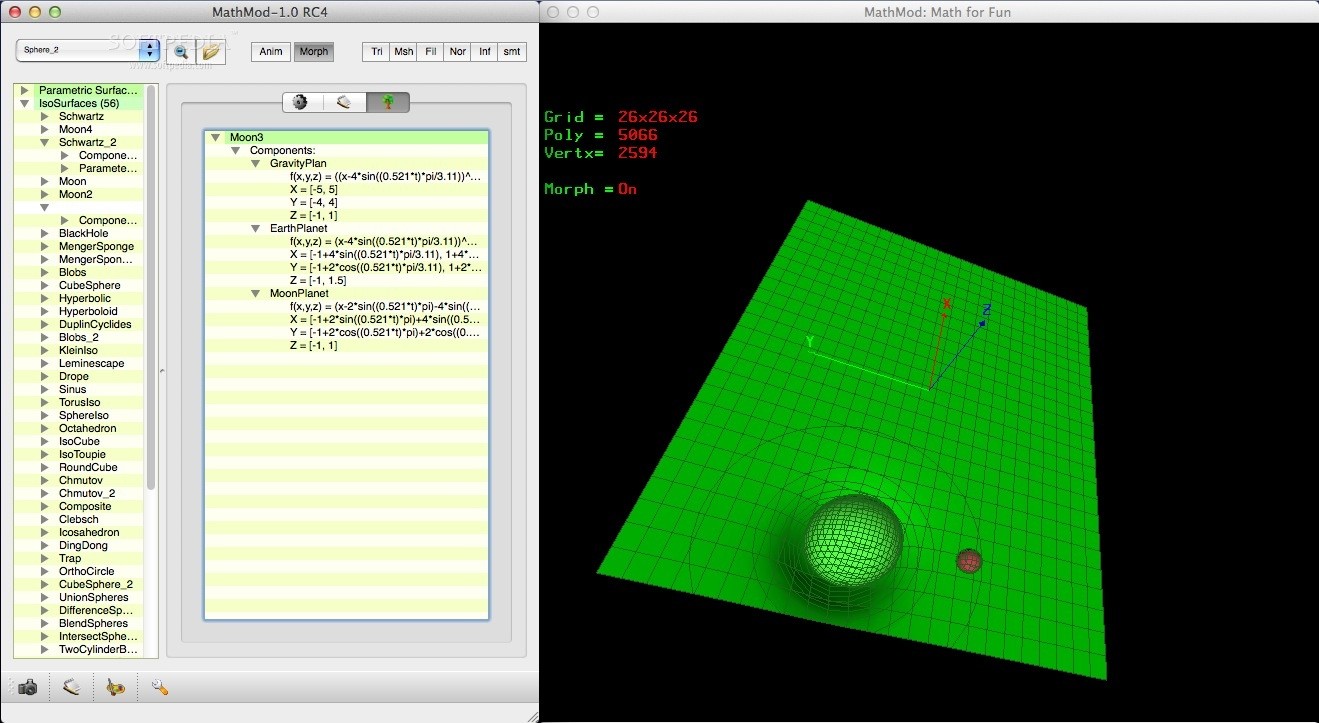

#Lake mathmod android
There are four alternatives to MathMod for a variety of platforms, including Windows, Mac, Online / Web-based, Android and Android Tablet.
#Lake mathmod software
Performance comparison of the hybrid models revealed that the accuracy of the SETAR-type models in terms of R2 performed better than the ARCH-type models for Daryan (0.99), Germezigol (0.99), Ligvan (0.97), and Saeedabad (0.98) at the validation stage. MathMod is described as 'A mathematical modeling software to visualize and animate implicit and parametric surfaces in 3D and 4D' and is an app in the education & reference category. For examining the reliability and accuracy of the proposed hybrid models, three evaluation criteria, namely the R2, RMSE, and MAE, and several visual plots were used. The data of four stations from four different rivers from 1971 to 2010 are investigated. water equations (SWE) are frequently used for simulation of different specific phenomena (dynamics of coastal oceans, lakes, rivers, etc.). Two nonlinear time series models are developed based on autoregressive conditional heteroscedasticity and self-exciting threshold autoregressive methods integrated with the gene expression programming. In this study, the deterministic and stochastic components of modeling are considered simultaneously. The results showed how pre-processing combination of WDT and PSR improved the performance of the models in forecasting short-term demand values.Īccurate streamflow prediction is essential in reservoir management, flood control, and operation of irrigation networks. The models’ relative performance is compared using three different fitness indexes coefficient of determination (CD), root mean square error (RMSE) and mean absolute error (MAE). Correlation dimension is used to study the chaotic behavior of the dataset. Moreover, auto correlation function (ACF) is used to calculate the lag time. Evaluation of the tools is based on two steps with and without applying the pre-processing methods. Artificial neural networks (ANNs), gene expression programming (GEP) and multi linear regression (MLR) methods are the tools that considered for forecasting the demand values. The research proposes two pre-process technique to improve the accuracy of the models. This chapter will study the application of two preprocessing phase space reconstruction (PSR) and wavelet decomposition transform (WDT) methods to investigate the behavior of time series to forecast short-term water demand value of Kelowna City (BC, Canada). It is a crucial factor for long-term sustainable management and improvement of the operation of urban water allocation system. It often exhibits a high degree of spatial and temporal variability. The forecasting of future value of water consumption in an urban area is highly complex and nonlinear.


 0 kommentar(er)
0 kommentar(er)
